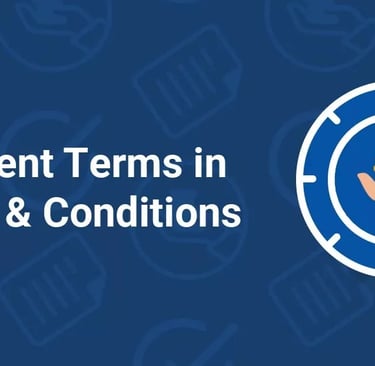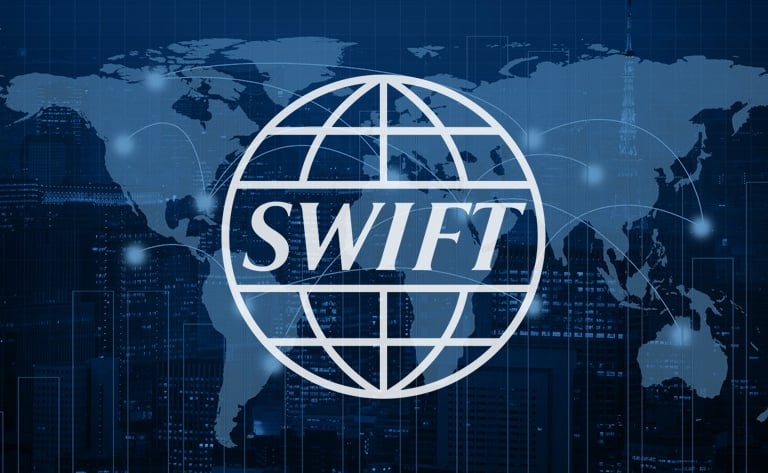10 Types of Payment Terms for Exports
SOURCING AGENT
7/18/20245 min read


Navigating the landscape of international trade involves understanding various payment terms. Each term offers different levels of risk and convenience for both exporters and importers. Here, we explore 10 common types of payment terms for exports.
1. Cash in Advance
Immediate Payment, Minimum Risk
Cash in Advance (CIA) is a payment term that offers the highest security for exporters. The importer pays the total amount upfront before the shipment is dispatched. This term minimizes the risk of non-payment, ensuring the exporter receives payment before the goods leave their premises.
Benefits and Drawbacks
For exporters, the primary benefit is the elimination of credit risk. However, this term may deter potential buyers who are unwilling to pay upfront without receiving the goods first. Thus, while CIA is advantageous for securing payment, it may limit market competitiveness.
Practical Application
CIA is ideal for transactions where the exporter has significant bargaining power, or in markets with high economic or political risk. Exporters of highly specialized or custom-made goods often use this term to secure their interests.
2. Letters of Credit (LC)
Bank-Assured Payment
A Letter of Credit (LC) is a widely used payment term in international trade. It involves a bank guaranteeing the exporter's payment, provided that the terms and conditions outlined in the LC are met. The buyer's bank issues the LC, which is then confirmed by the exporter's bank.
Benefits and Drawbacks
LCs significantly reduce the risk of non-payment, as banks assume the responsibility of payment. However, they can be costly and complex, requiring meticulous documentation and adherence to specified terms. This complexity can lead to delays if discrepancies arise.
Practical Application
LCs are particularly useful in new trade relationships where trust has yet to be established. They provide a secure mechanism that reassures both parties of commitment and financial integrity.
3. Documentary Collections
Payment Through Banks
In Documentary Collections, the exporter ships the goods and forwards the shipping documents to the buyer's bank, which releases them to the buyer upon payment or acceptance of a draft. This method involves two types: Documents Against Payment (D/P) and Documents Against Acceptance (D/A).
Benefits and Drawbacks
While Documentary Collections are less costly than LCs, they offer less security since banks do not guarantee payment, but only facilitate the exchange of documents. The risk of non-payment remains if the buyer defaults.
Practical Application
This term is suitable for established trade relationships where mutual trust exists, and the transaction involves lower monetary values, reducing the necessity for stringent payment guarantees.
4. Open Account(O/A)
Trust-Based Transactions
Under an Open Account arrangement, the exporter ships the goods and sends the necessary documents directly to the buyer, who pays within an agreed period, typically 30 to 90 days after the shipment. This term is highly advantageous for the buyer but risky for the exporter.
Benefits and Drawbacks
Open Accounts enhance competitiveness by offering favorable payment terms to buyers. However, they expose exporters to substantial credit risk, relying entirely on the buyer's willingness and ability to pay after receiving the goods.
Practical Application
This method is commonly used among long-standing trade partners with solid trust and creditworthiness. It is also prevalent in regions with strong legal systems that enforce payment terms.
5. Consignment
Payment Upon Sale
Consignment involves shipping goods to the importer, who only pays the exporter once the goods are sold to the end customer. The exporter retains ownership of the goods until they are sold, bearing the risk of unsold inventory.
Benefits and Drawbacks
For buyers, consignment reduces the financial burden and inventory risk. Exporters, however, face significant risks, including non-payment and unsold goods, which can impact cash flow and profitability.
Practical Application
This term is often used for high-value goods or new products entering a market, where the exporter aims to build market presence while managing buyer's financial constraints.
6. Payment in Advance
Partial Upfront Payment
Unlike Cash in Advance, Payment in Advance involves the buyer paying a portion of the total amount before the shipment, with the balance paid upon delivery or within a stipulated timeframe. This arrangement balances risk and trust between parties.
Benefits and Drawbacks
It secures a partial payment upfront, reducing the exporter's risk while offering the buyer some assurance before the full payment is made. However, it still requires significant trust and clear terms to avoid disputes.
Practical Application
This term is suitable for ongoing relationships where trust is being established, allowing both parties to manage risk while facilitating smoother transactions.
7. Bill of Exchange
Draft-Based Payment
A Bill of Exchange is a written order from the exporter (drawer) directing the buyer (drawee) to pay a specified amount at a predetermined date. It can be sight (payable on demand) or time (payable at a future date) draft.
Benefits and Drawbacks
Bills of Exchange formalize the payment process, providing a legal framework for claims in case of non-payment. However, they still pose a credit risk if the buyer defaults on the agreed payment date.
Practical Application
Common in European trade, Bills of Exchange are useful for transactions involving reputable buyers and legal systems that enforce payment terms efficiently.
8. Trade Credit
Deferred Payment Terms
Trade Credit extends the payment period for the buyer, allowing them to receive goods and pay later. This term is beneficial for buyers needing flexibility in managing cash flow, though it increases the exporter's credit risk.
Benefits and Drawbacks
It enhances buyer's purchasing power and can lead to larger orders. However, it requires careful credit assessment and monitoring to mitigate the risk of non-payment or delayed payment.
Practical Application
Trade Credit is often used in industries with long production cycles or high inventory turnover, helping buyers manage their finances while maintaining steady supply chains.
9. Credit Insurance
Mitigating Non-Payment Risk
Credit Insurance protects exporters against the risk of non-payment by buyers. It involves a third-party insurer who compensates the exporter if the buyer defaults, providing a safety net for international transactions.
Benefits and Drawbacks
This term offers peace of mind, allowing exporters to extend credit with reduced risk. However, it incurs additional costs and requires comprehensive documentation and compliance with insurer's terms.
Practical Application
Credit Insurance is ideal for transactions with high credit risk or in volatile markets, providing a secure way to extend trade credit while safeguarding financial interests.
10. Bank Payment Obligation (BPO)
Digital Assurance
A Bank Payment Obligation (BPO) is a digital payment term involving a bank's irrevocable commitment to pay upon successful matching of data in an electronic transaction. It combines the security of LCs with the efficiency of digital processes.
Benefits and Drawbacks
BPOs offer speed and security, reducing the paperwork and delays associated with traditional LCs. However, they require both parties to have compatible electronic systems and may involve higher initial setup costs.
Practical Application
BPOs are suitable for modern, tech-savvy exporters and importers looking to streamline their trade processes while maintaining security and reliability in payments.


